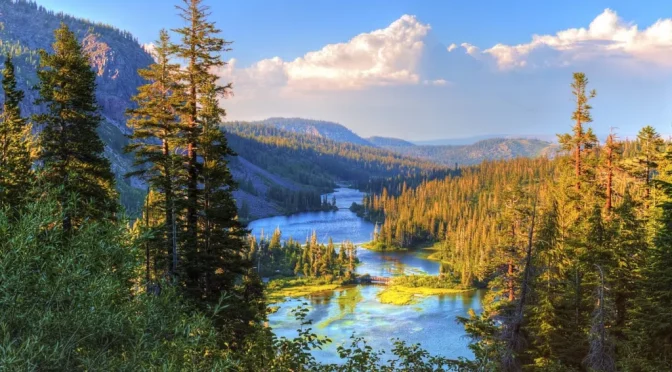“to protect the environment and conserve natural resources within all Passamaquoddy lands, waters, and the air we share”
Water Quality History
Background
The Passamaquoddy Tribe at Indian Township began its Water Resources Planning and Inventory Program in April 1993 with funding from a Multi-Media grant from the U.S. Environmental Protection Agency (US EPA), and a Bureau of Indian Affairs (BIA) Water Resources contract. The US EPA requires a Quality Assurance Project Plan (QAPP) as a prerequisite for funding of monitoring programs. This plan details the program’s procedures for field work, transportation, data use, laboratory and field protocols, and safety. For data to be useful, procedures must be consistent and reliable. This plan is submitted to, reviewed, and approved by the US EPA for each year of monitoring.
Indian Township has a wealth of water resources. Bordering the southern edge of the Reservation is part of a long series of reservoirs controlled by Woodland Pulp LLC as part of the St. Croix River drainage. The Reservation waters include Big Lake, Long Lake, Lewey Lake, Grand Falls Flowage and its tributary Tomah Stream. These water bodies make up a significant section of the 647 mi2 West Branch of the St. Croix River basin. Reservoir water levels are controlled and used for power generation, mill effluent dilution, fisheries, and flood control. Indian Township’s lake levels are controlled at the Grand Falls Dam in Woodland. In addition to Tribal land inside Indian Township, Passamaquoddy Tribe has in Trust over 115,000 acres distributed over 7 counties in the State of Maine. Water bodies adjacent to these trust lands have been subject to very little water quality testing in the past, but we have increased monitoring efforts there in the past few years.
